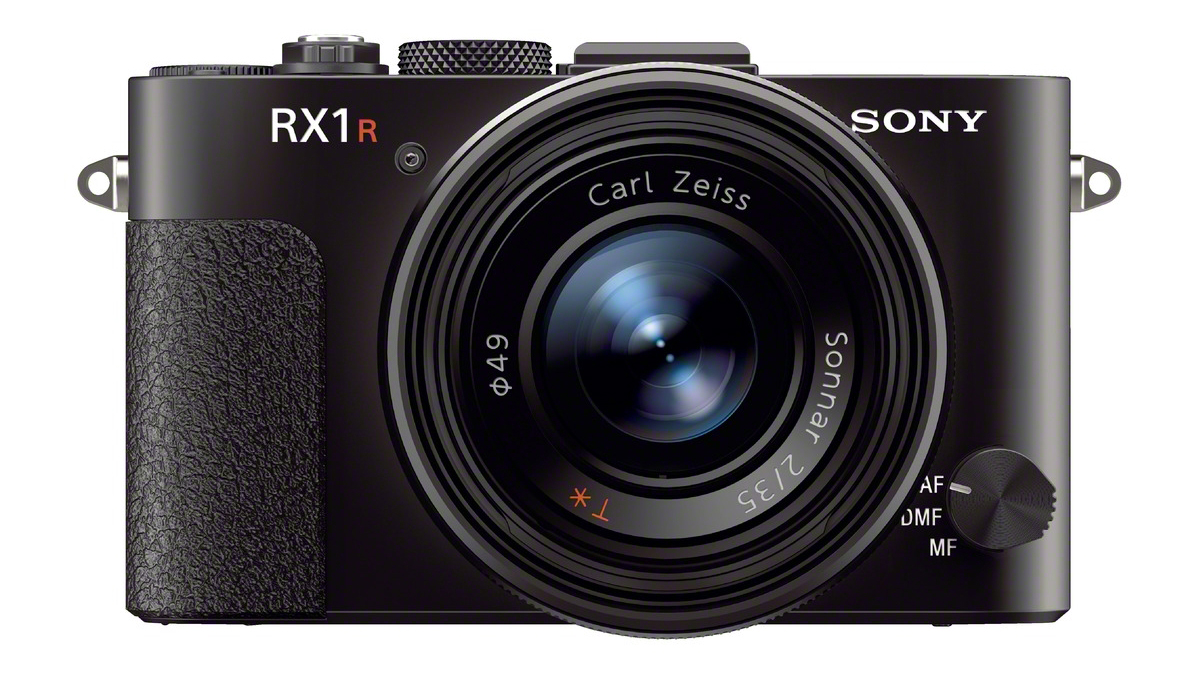Why you can trust TechRadar
Sony is very keen to prove itself as a serious player in the imaging market. It doesn't have the decades of heritage that the likes of Canon and Nikon have in the cameras world, and so it tends to pioneer technologies that show off what it's capable of.
We've seen a lot of innovation from the company in the past few years, ranging from its translucent mirror technology for DSLTs and its improvements in electronic viewfinders.
It's also true that many other imaging companies use Sony sensors to power their own cameras, so we know what the company is capable of. One of Sony's proud claims is that it makes the three main components of its cameras in-house: that is, the lens, the sensor and the processor.
What we have in the Sony RX1-R, and the Sony RX1 before it, is the culmination of all of Sony's engineering and innovation prowess in one miniature package.
True, it's aimed at a very niche market, but then we're not entirely sure Sony's bothered about the sales figures of the Sony RX1-R - it's more a case of 'look what we can do'.
Images are top class, as you would expect from a full-frame sensor paired with a very high quality Carl Zeiss lens. You'd also be forgiven for expecting it from a camera at this price point.
Removing the anti-aliasing filter is a move that seems to be very zeitgeisty - we've already seen the same thing from Nikon, producing a variant of the D800 - the Nikon D800E - as well as not including a filter on its own premium compact camera, the Nikon Coolpix A. Pentax Ricoh also made the same move with its Ricoh GR.
Where the Sony RX1-R trumps both of these cameras is with its sensor size, which is still unique in the market, offering the world's smallest 35mm option. Then again, it's also more than twice the price of both the Nikon and Ricoh cameras.
The removal of the AA filter means that images are even more detailed and crisp than on the not too shabby Sony RX1. If you're someone who is looking for maximum detail, it's definitely worthy of consideration. It's also nice to see Sony making the camera available at the same price as the original Sony RX1 - although of course that may make the purchasing decision a little bit more tricky.
We liked
Image quality is pretty much the best you're going to get in a package of this size, and if you're one of the very few people looking for a camera exactly like this, it's hard to believe you'll be disappointed.
Those looking for the maximum amount of detail, such as landscape and nature photographers, may find this camera more appealing than architecture and portrait photographers, though.
We disliked
It's a shame that Sony still hasn't sorted out its battery life issue for the Sony RX1-R. We understand the difficulties of powering something with this kind of technology, but at this price point we'd at the very least like to see a spare battery included in the price as standard.
You're pretty much going to have to buy a back-up if you want to use the camera for more than a couple of hours at a time. It's also a little annoying that it doesn't come with an external battery charger, meaning if you do buy a back-up battery, you can't be charging the other while using the camera.
Final verdict
We continue to be impressed with what Sony is doing in its imaging department at the moment, showing that it's a real leader in terms of both innovation and final image quality.
While it's true that this is hardly going to be a mass market seller for consumers, for somebody who wants exactly what the Sony RX1-R is offering, they won't be disappointed.
It's worth considering the type of photographer you are, though, before parting with any cash. Predominantly landscape, street and nature photographers will be fine with this, but those who favour portraits and architecture scenes may want to consider the risk of moiré patterning and increased post-production work that may be necessary.
First reviewed 2 July 2013
Amy has been writing about cameras, photography and associated tech since 2009. Amy was once part of the photography testing team for Future Publishing working across TechRadar, Digital Camera, PhotoPlus, N Photo and Photography Week. For her photography, she has won awards and has been exhibited. She often partakes in unusual projects - including one intense year where she used a different camera every single day. Amy is currently the Features Editor at Amateur Photographer magazine, and in her increasingly little spare time works across a number of high-profile publications including Wired, Stuff, Digital Camera World, Expert Reviews, and just a little off-tangent, PetsRadar.

